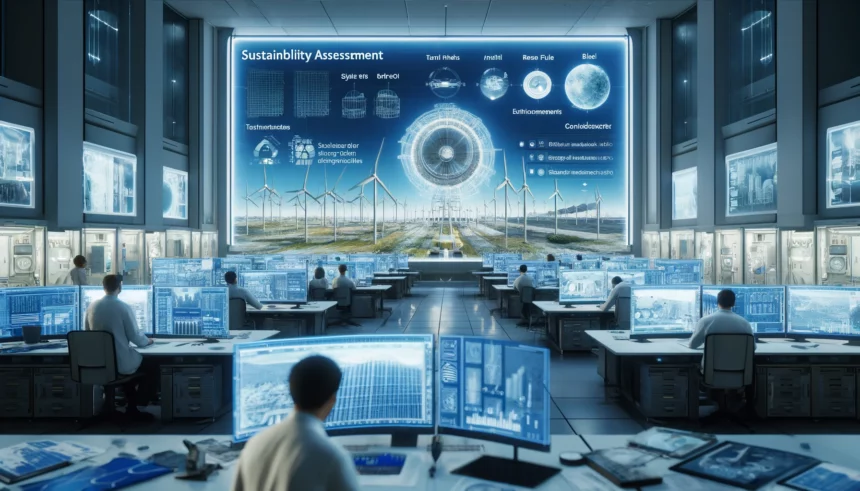Assessing the sustainability of different renewable energy sources involves looking at various factors that influence their effectiveness and impact. Let’s break down the key areas to consider.
Understanding the Energy Sources
Each renewable energy source has unique characteristics:
- Solar Energy: Utilizes photovoltaic cells or solar thermal systems to convert sunlight into electricity.
- Wind Energy: Uses turbines to harness the power of wind.
- Geothermal Energy: Taps into the Earth’s internal heat.
- Hydroelectric Energy: Relies on the movement of water to generate power.
- Biomass Energy: Converts organic matter into energy.
These sources’ sustainability is affected by location, climate, and the technology used for energy conversion. It’s important to consider how these factors influence the long-term availability and reliability of the energy.
Impact on Natural Resources
Evaluating the impact on natural resources is crucial:
- Land Use: Solar farms and wind turbines require large areas, which can disrupt habitats.
- Water Consumption: Geothermal plants must manage water usage carefully.
- Biodiversity: Biomass energy production can lead to deforestation if not managed well.
Understanding these trade-offs helps minimize negative environmental effects.
Energy Return on Investment (EROI)
EROI measures the energy gained from a source relative to the energy used to obtain it:
- Solar and Wind: Typically have high EROI values after initial setup costs.
- Geothermal: EROI varies based on site characteristics.
- Biomass: Depends on feedstock type and conversion efficiency.
A high EROI indicates a favorable sustainability profile.
Technological Progress
Technological maturity affects sustainability:
- Hydroelectric Power: Well-established with proven methods.
- Emerging Technologies: Advanced biofuels or wave energy have potential but face efficiency and scalability challenges.
Consider how advancements could improve sustainability through increased efficiency or reduced environmental impacts.
Socioeconomic Factors
Renewable energy projects impact communities in various ways:
- Job Creation: Can stimulate local economies and improve energy security.
- Community Opposition: Concerns about visual or noise impacts, especially from wind turbines.
- Equitable Transition: Ensuring benefits are shared and do not exacerbate social inequalities.
Examine how renewable energy deployment affects society and local communities.
Environmental Impact
A comprehensive environmental impact assessment includes:
- Lifecycle Emissions: From manufacturing to decommissioning.
- Pollution Control: Managing emissions and waste.
- Recycling and Repurposing: End-of-life material management.
This ensures renewable energy sources contribute positively to environmental goals.
Additional Considerations
- Real-world Examples: Look at successful projects and lessons learned.
- Technological Innovations: Keep an eye on emerging technologies that could change the landscape.
- Policy and Regulation: Understand how government policies support or hinder renewable energy development.
By examining these factors, we can better assess the sustainability of different renewable energy sources and make informed decisions for a greener future.
















